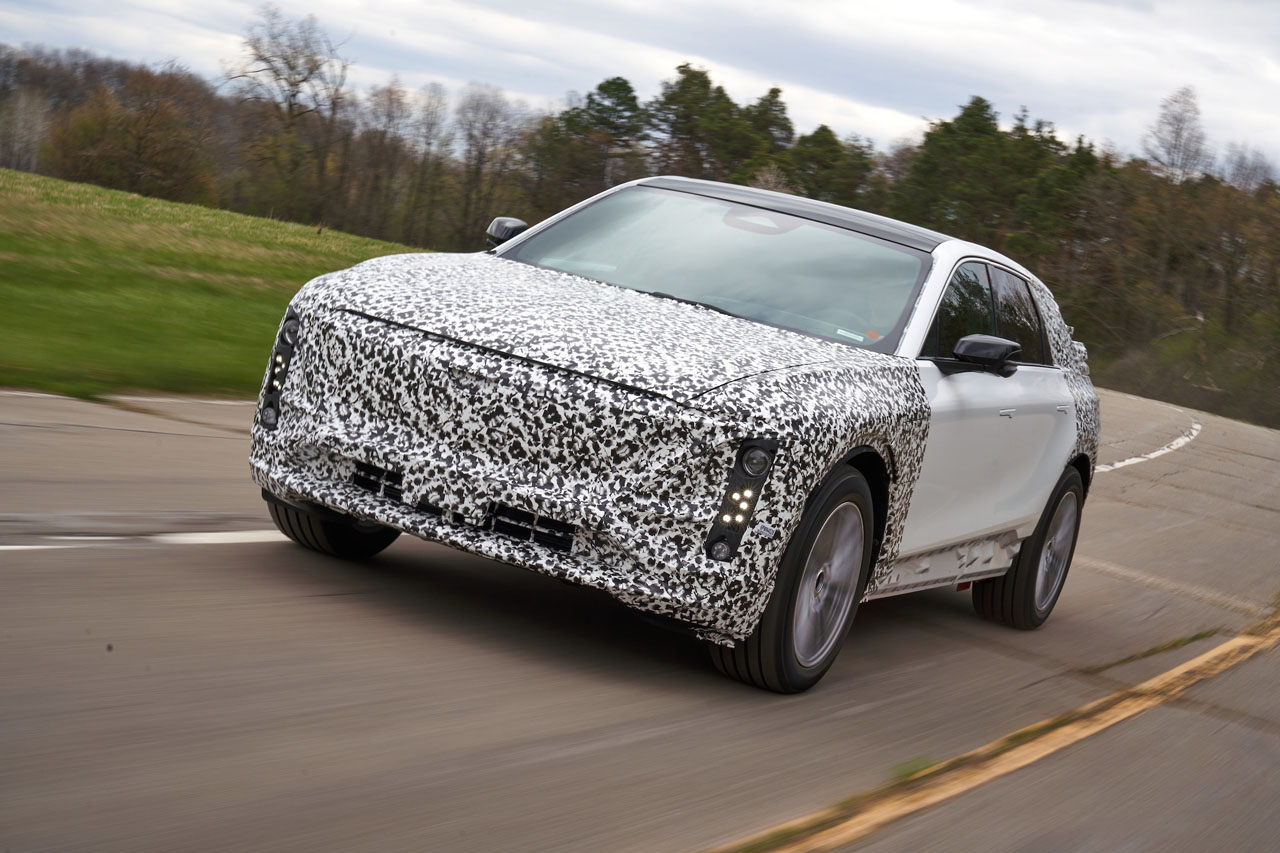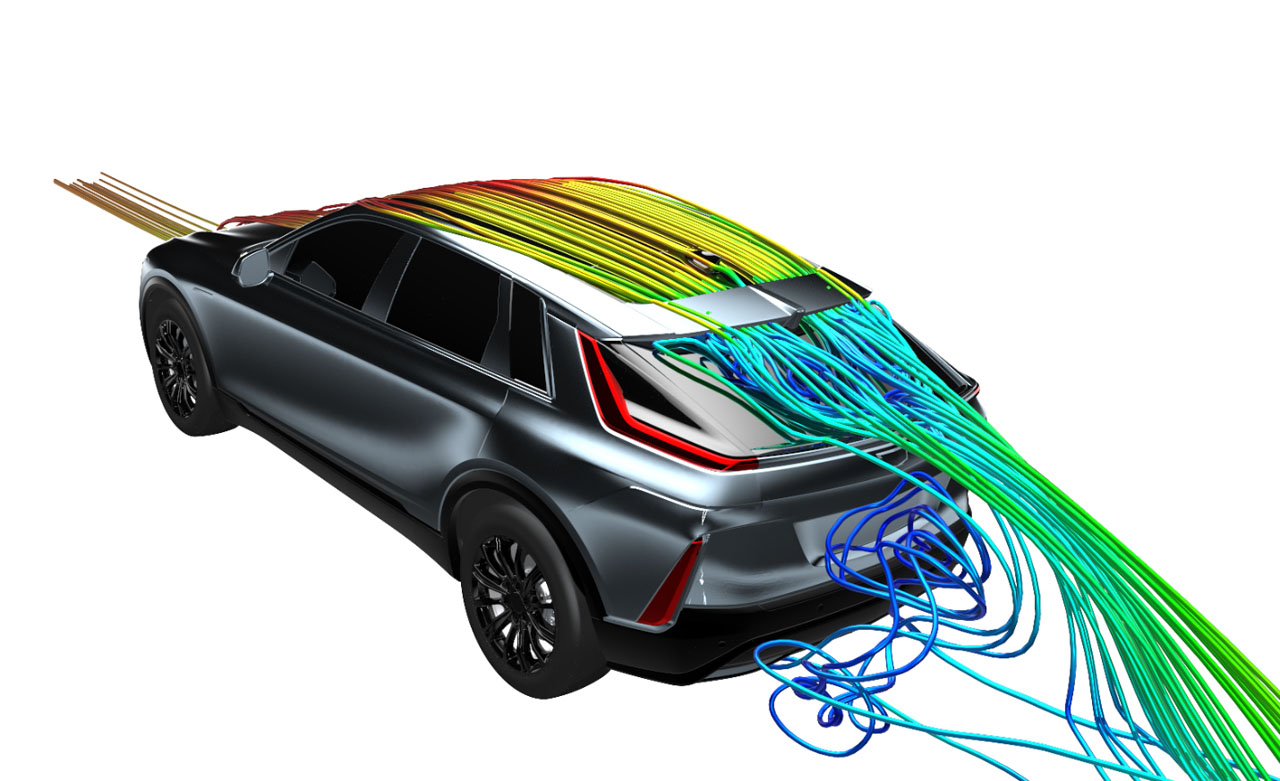Cadillac Lyriq Leaned Heavily On Virtual Testing And Validation During Development
Automakers around the world are finding that virtual testing and validation helps speed the development of new vehicles and saves money. GM has announced that it used virtual testing and validation heavily during the development of the Cadillac Lyriq to help speed things along. The Lyriq is an important vehicle for Cadillac signaling the dawn of a new EV era for the brand and a fundamental transformation of GM's global product development process.
Lyriq was officially unveiled last week with the reveal coming nine months ahead of schedule thanks to an accelerated process that used virtual testing and validation. Cadillac says the Lyriq sets a new standard for luxury EVs and plays a pivotal role in the vision of zero crashes, zero emissions, and zero congestion that GM has for the future.
GM enhanced several elements of the Lyriq program as a result of extensive virtual development and validation. Those elements include:
Using the new development process, the team tested thousands of designs in multiple scenarios allowing them to address multiple forms of variation. The testing and design process in the virtual world allowed the first drivable Lyriq prototypes to be produced using a single optimized design. Thanks to GM's accelerated development timeline, it expects the Lyriq electric vehicle to enter production in the first quarter of 2022.


